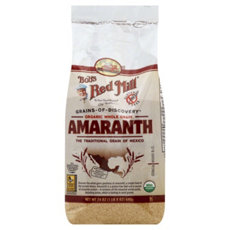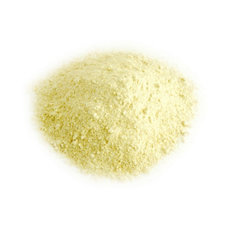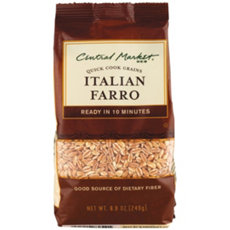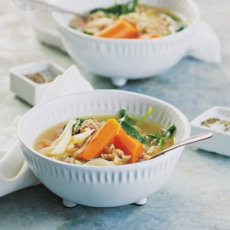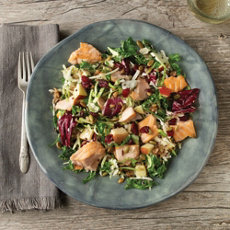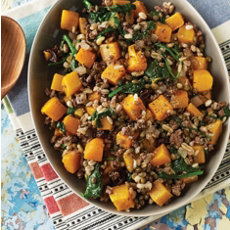Guide to Ancient Grains
 Stacy Bates, MS, RDN, LD, CDE is a registered dietitian and certified diabetes educator with over 8 years of experience in nutrition communications and education.
Stacy Bates, MS, RDN, LD, CDE is a registered dietitian and certified diabetes educator with over 8 years of experience in nutrition communications and education.
We hear a lot these days about whole wheat, whole grains, and now we’re also hearing about ancient grains. Ancient grains are a group of grains that have remained closest to its original form over time. This means they’ll have more fiber and protein compared to the refined grains because it’s less processed. The benefits:
- Additional fiber
- Additional protein
- Can aide in regulation of blood glucose levels
- Can help you feel fuller longer, which can aide in healthy weight management
The Dietary Guidelines for Americans suggest half of our daily intake of grains should be whole grains. Including ancient grains in your diet also give you the opportunity to add a variety of whole grains to your meals. These grains come from all over the world—Ethiopia, Mexico, South America, Far East, India, Italy, and the Middle East! Including them in your diet will allow you to try a variety of spices, flavors, and cooking methods.
The following table gives more detail about the nutrition profile of each ancient grain. While you’re experimenting with these grains, remember to be conscious of your cooking method. If you’re monitoring your sodium intake, try to use garlic, oregano, or pepper for flavor instead of salt.
|
Teff
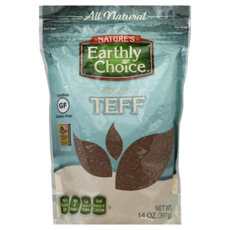
• Gluten-free
• Excellent source of magnesium and iron
• Good source of fiber, calcium, zinc, and vitamin B6
• Can be used to thicken soups or stews, or served as its own side dish
|
Amaranth
• Gluten-free
• High fiber
• Excellent source of iron and magnesium
• Good source of folate, vitamin B6, and zinc • Complete protein
|
Quinoa
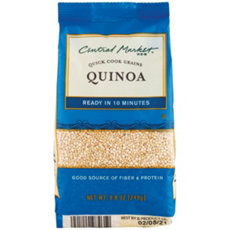
• High fiber
• Excellent source of protein, phosphorus, iron, and zinc
• Great substitute for rice or pasta
• Versatile product—from burger patties to salad toppings
• Complete protein
|
|
Millet
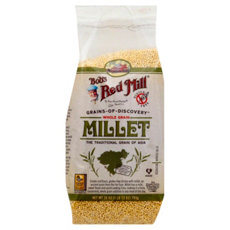
• Good source of fiber and magnesium
• Gluten-free
• Mild, sweet flavor
• Cooks quickly
• Easy to digest
|
Sorghum
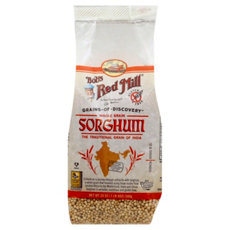
• Gluten-free
• Contains 51 grams of whole grains per serving
• High fiber
|
Spelt
• Good source of fiber, protein and iron
• Excellent source of manganese and phosphorus
• Recommend rinsing and soaking for eight hours prior to cooking
|
|
Farro
• High fiber and protein
• Excellent source of phosphorus and zinc
• Great substitute for rice or pasta
|
Kamut
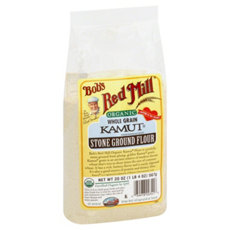
• Good source of fiber
• Commonly said to have a nutty or buttery taste
• Contains more nutrients than traditional wheat
|
Freekeh
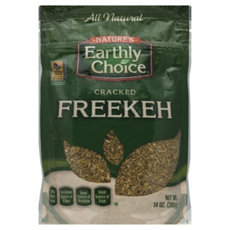
• Good source of fiber, magnesium, and phosphorus
• Excellent source of manganese (mineral for optimal bone health)
|
Recipes with Ancient Grains


